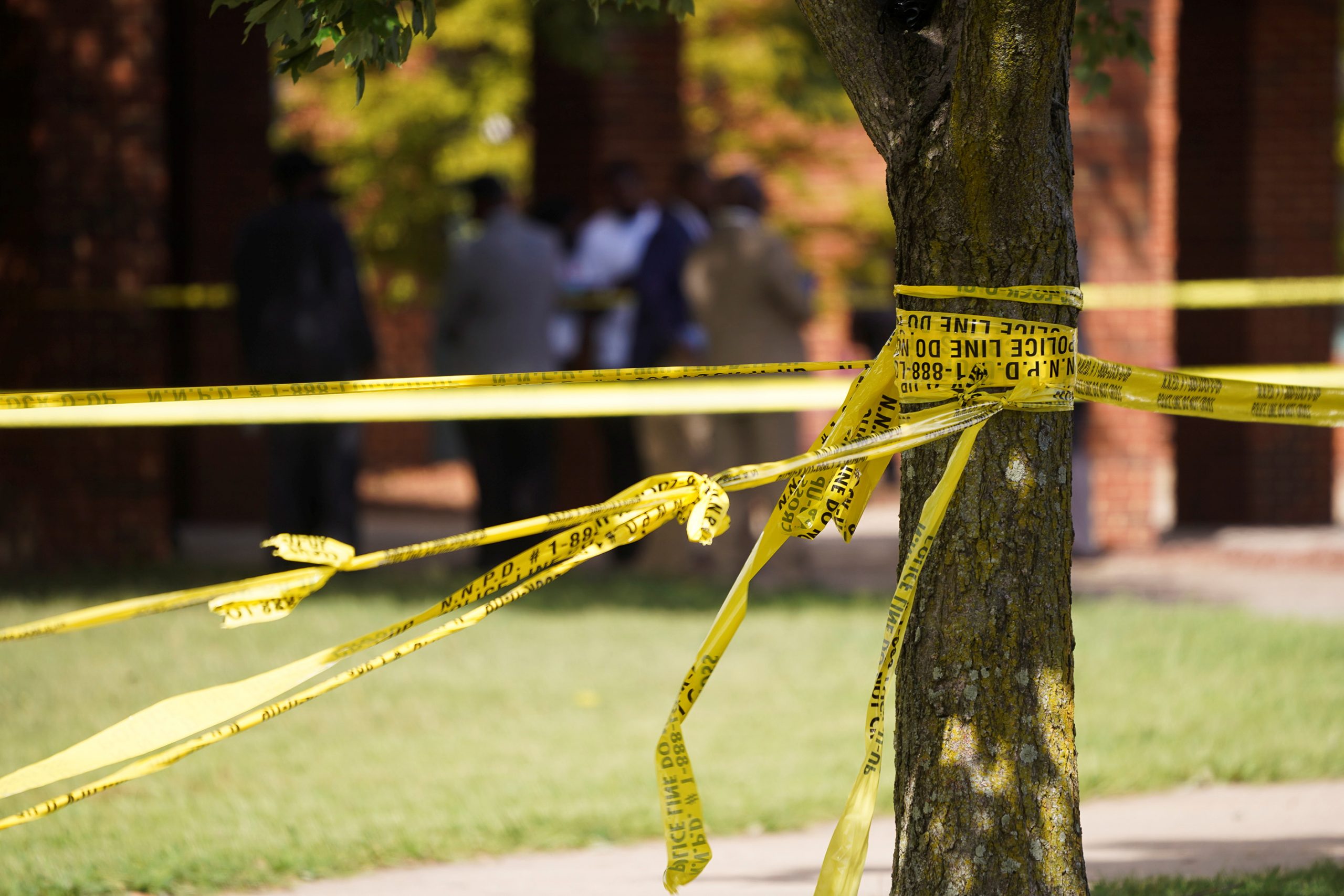A 19-year-old former student was shot and killed after a high school basketball game a week ago in Beloit, Wisconsin. On Monday, a shooting outside Chaparral High School in Las Vegas left three teens hospitalized.
On Tuesday, five teenage girls were shot and injured outside Rufus King High School in Milwaukee. Also Tuesday, a student was killed and another shot outside the South Education Center in Minneapolis, the only of these cases in which suspects were arrested. Two students from the school have been charged.
Signs are emerging that the stresses and challenges of the pandemic are worsening gun violence in American schools. Researchers who are studying the phenomenon worry it will only get worse.
Already, campuses have been the site of 141 shootings so far during the 2021-22 school year – more than at any point in the previous decade, according to Everytown for Gun Safety.
Problems that predated the pandemic – such as inequality and inadequate resources – have grown worse even as COVID-19 has introduced new challenges, like creating such stress that half of teachers say they want to quit or retire early, according to recent surveys by the National Education Association.
What that means is there are now and will continue to be fewer adults connected to students who can see warning signs that a child may be heading toward violent behavior.
“Kids are walking into a system that has been massively weakened,” said Ron Avi Astor, a school violence expert at UCLA. “We’re going to see a variety of different forms of gun violence and violence in general. We’re in a situation where things are going to get worse.”
Astor said there are myriad factors behind the violence, among them the pandemic, increases in overall community violence and breakdowns in family structures. All those issues have created a “tsunami of mental health needs” in schools, he said. And the problems are cresting as teachers and administrators are ill-equipped to deal with them because of burnout, lack of staff and illness.
The problem is not necessarily too little funding, Astor said, but the missing human capital — teachers, specialists and staff who could help tackle the crisis of violence.
BROKEN ROUTINES, MANY GUNS
Katherine Schweit, a retired FBI special agent who focused on active shooters and author of the book “Stop the Killing” published last year, said another key factor in the violence has been parents’ erratic schedules in the pandemic. This means less oversight and less predictable routines for kids, making it even more difficult for parents, teachers and others to see warning signs.
“One of the things that we focus on when we talk about preventing shootings … is what is different in someone’s routine that might indicate to us that this person is on a trajectory towards violence,” she said. “But who has a routine these days? Nobody.”
The availability of guns is another factor, according to Jillian Peterson, a criminology professor at Hamline University and co-creator of the Violence Project research center. The past year saw consistent monthly record gun sales, though purchases have begun to ebb. Peterson said far too many of those guns are not secured in homes, allowing teens access.
One of the most important things schools can do right now, Peterson said, is create crisis response systems and teams so that students and teachers can report their concerns about specific students. This information can be funneled to people trained to evaluate the threats.
Peterson said that while it is impossible to know exactly what is driving increases in violence, researchers agree the decimation of school services is a big contributor.
“We know that a lot of things that prevented violence, like after-school programs and sports, are still not up and functioning in many places,” she said.
“The pandemic,” Peterson added, “has shown us that schools are so much more than schools. They really hold our society together and hold our kids together in many ways, from mental health to physical health to food security. And we lost that.”
(Reporting by Brad Brooks in Lubbock, Texas; Editing by Cynthia Osterman)
Related




















